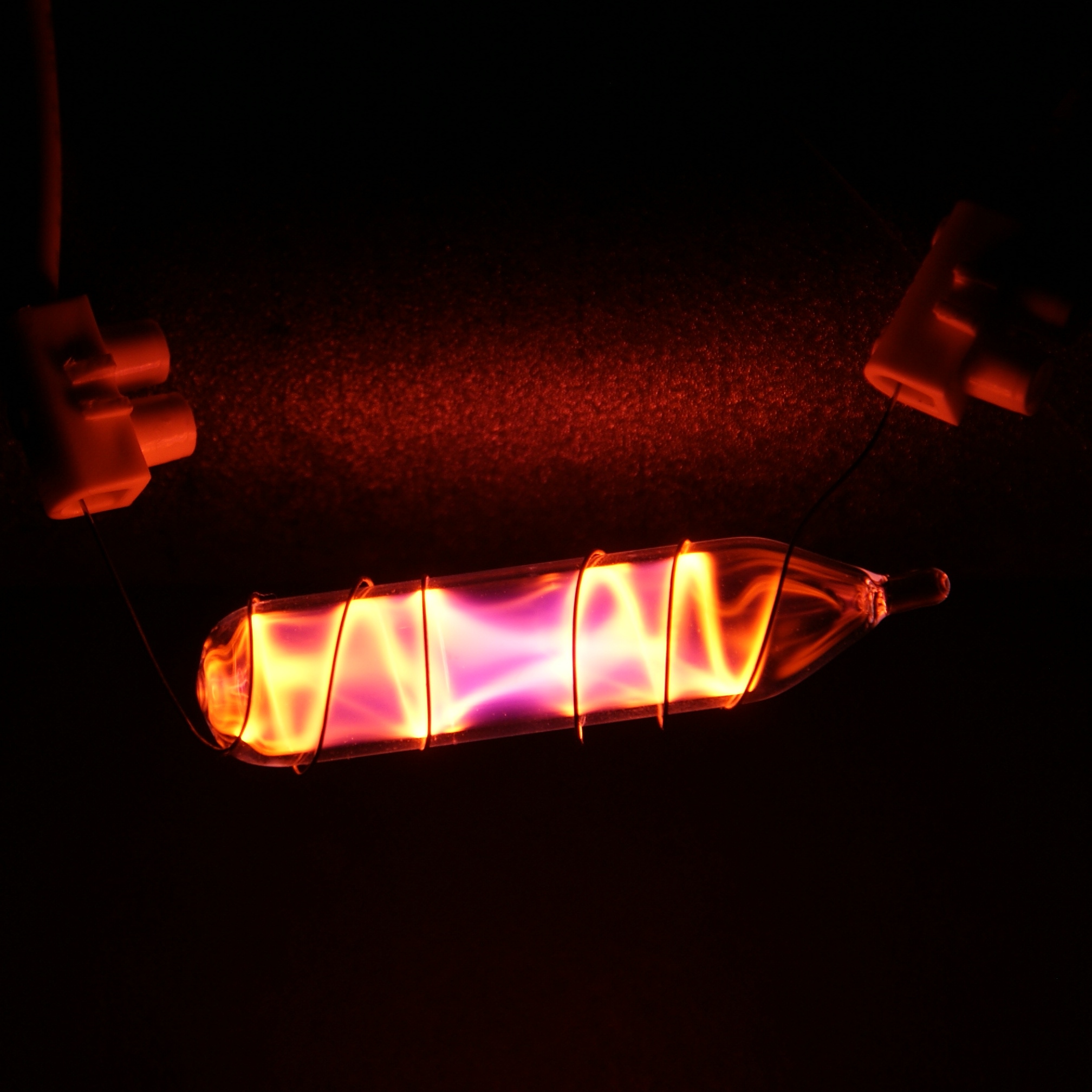
LIGHT AS ELEMENT PORTABLE
These SDD (silicon drift detectors) allow for more energy in total to be received and measured by the portable XRF, improving detection limits and the number of lighter elements that can be measured. What if we just apply more energy to boost the signal? That is what the introduction of the detectors used in the current instruments has allowed. Think about what we have just said about why we cannot measure some of the light elements, their signal is too weak to estimate their concentration.

There have been certain recent improvements in portable XRF technology that enable us to detect more of the light elements than we have previously, like Mg for example. This also explains why the lightest elements that the instruments measure have higher detection limits, often 0.5-1%, because they need that higher concentration to produce enough energy that can be recognised. So essentially, light elements are difficult to measure by portable XRF because their fluorescence struggles to reach the instrument for it to calculate how much of that element is present. To do this, there must be a recognisable peak within the background noise for the element concentration to be calculated, and with the low energy light elements this is a challenge. For the fluorescent X-rays that do escape the sample, some of them will not be able to penetrate the air between the sample and the instrument to reach the detector.įor the light elements that have fluorescent X-rays that do reach the detector, these need to be detected with enough significance to quantitatively estimate the element concentration. Light elements have energy levels that are low enough that they struggle to escape from the sample without being absorbed. The energy of the fluorescent X-rays corresponds directly to the atomic number of the element. Next, I recommend you read about another visual design element: lines.As we know, pXRF technology works by bombarding samples with X-rays and causing their atoms to fluoresce characteristic X-rays of the elements that they contain.

Light from high above (like the sun at midday) causes unpleasant, harsh shadows, and is usually to be avoided. Back or side light highlights details, and may reveal textures or lines in the image. The angle of the incident light also has an effect on the picture composition. Blue – well, we’ve all heard the expression about "feeling blue." Use color and tone to reflect the mood you are trying to create in your image. Light tones tend to lift the spirits, while dark tones are perceived as moody. It is important to note that color and tone can also express emotion. The red tree gets lost among the greenĪnd the photograph loses all of its impact.Ĭolor contrast separates the red tree from the green ones. If, however, you photograph the scene in color, the red tree stands out easily because the contrast in color creates a visual boundary between it and the surrounding green trees. Both the red and green trees have the same degree of brightness, so in the black and white version, the red tree simply gets lost, and merges into the green trees. In a color photograph, you have an additional tool to create boundaries.Ĭonsider that your photography composition is comprised of a red tree amongst a group of green ones, as in the following photographs. In a black and white photograph, you have only one color, so you must rely on differences in tone to create shape boundaries between objects. We usually separate a photograph into areas of light tones, mid tones and dark tones.

Brightness: Brightness, or tone, refers to the degree of lightness in an image.Color: Color refers to the different hues in an image: red, green, brown, purple, etc.In other words, the boundary between a light and a dark area, or between a red and a green area, creates a line, or the edge of a shape. Differences in color and brightness are whatįorm the basic building blocks of an image. The two kinds of contrast are contrast in color, and contrast in brightness. Light produces two kinds of contrast that make the other design elements of line and shape visible in photography composition. Use the lines and shapes created by contrasts of light to create an effective picture composition. The visual design elements of photography include light, line, shape, texture and perspective.


 0 kommentar(er)
0 kommentar(er)
